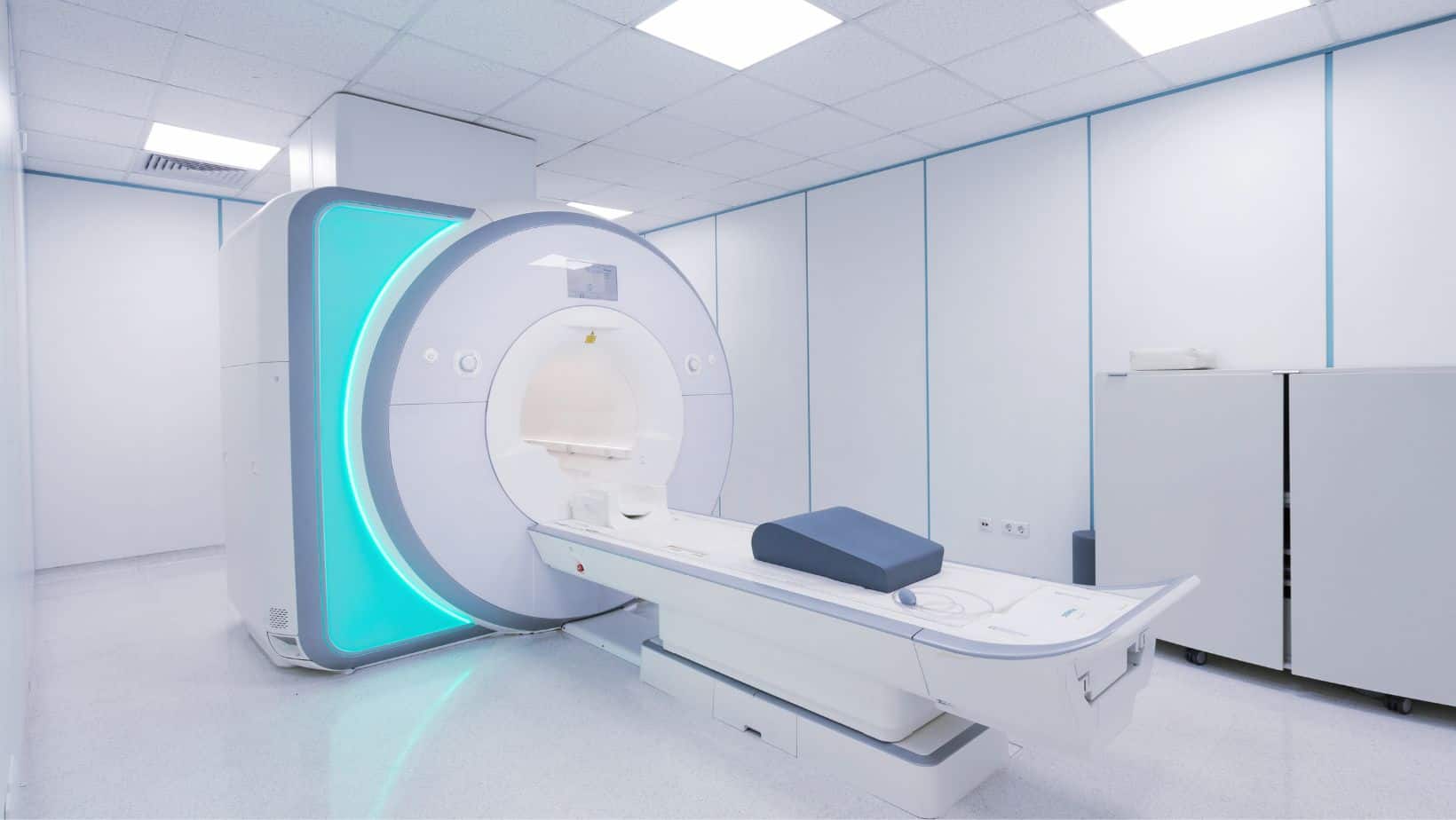Sever’s Disease Stretches
Read More >
Sever’s Disease, or Calcaneal Apophysitis, is a condition that causes pain in the heel bone (calcaneus) and typically affects children aged 7-15 years. It accounts for between 2% and 16% of all musculoskeletal issues in children who seek medical treatment, with around 60-65% of cases occurring in both feet. Boys are more commonly affected, with a male-to-female ratio of 2-3:1.
In terms of anatomy, the Achilles tendon, which connects the calf muscle to the back of the heel bone, plays a crucial role. This tendon is attached to a growth plate (physis) on the heel bone. These growth plates gradually unite to form a solid bone as children grow into teenagers.
However, if the bone grows faster than the tendon, or if there’s recurring stress from activities involving impact on the heel or strain from the Achilles tendon, it can cause tension at the attachment point. This tension can result in pain, leading to a condition known as Sever’s Disease.

The symptoms of Sever’s disease are most common in a physically active 10-12-year-old and include pain on the back of the heel bone with activities such as running, jumping or hopping.
There can be mild swelling on the back of the heel bone after activity, which should improve with rest.
Walking uphill can worsen the symptoms of Sever’s Disease, while it is common to see those with Sever’s Disease walk on their tip toes to avoid placing a stretch on the Achilles Tendon insertion.
Some papers have suggested that limited ankle range of motion or altered foot biomechanics may be present but there is limited evidence to support this.
Sever’s Disease is caused high forces being placed through the physics of the heel bone from impact activities or sheers forces from the Achilles Tendon.
We commonly see this in teenagers during growth spurts. The quickly growing bone leads to the tendon pulling on its attachment to the growth plate on the heel bone.
If the individual is a keen sportsperson, especially in running and jumping activities, it can overload the Achilles Tendon attachment site and cause Sever’s Disease.
Common Sports that we see Sever’s Disease:

Sever’s Disease is a relatively easy condition to diagnose in a clinic with a Physical Therapist. The main objective of the examination is to rule out other similar conditions that may be causing heel pain.
A therapist may perform a ‘squeeze test’ which requires manual, medial-lateral compression of the posterior calcaneus at the growth plate margin. A positive test is characterized by pain over the growth plate, but can also elicit symptoms from the metaphyseal area.
In some cases, the clinician may refer you for a scan. An x-ray is best placed for this as it can identify bone changes in the heel. In some cases, an MRI may be required to rule out other soft tissue injuries that can cause heel pain.
Home treatment for Sever’s Disease includes icing of the heel bone after activity, non-steroidal anti-inflammatories such as ibuprofen, rest from impact activity, heel raises and heel cups.
Physical Therapy is an excellent option if you struggle to manage the condition at home. An assessment can identify muscular imbalances, and your therapist can develop a rehabilitation programme for you consisting of stretches, balance and strengthening exercises.
Heel raises work well by shortening the Achilles Tendon to take the pressure off the insertion point, while an insole may be required in severe cases. Insoles are typically reserved for irritable causes with very flat feet.
A discussion on footwear is beneficial, and we generally advise wearing a cushioned trainer with a high heel drop.
We rarely suggest surgery or steroid injections for this condition as it is a time-dependent condition that usually resolves over time.

It takes 2-3 months for Sever’s Disease to heal, but in severe cases, it is not unusual for the symptoms to last 9-12 months.
Sever’s Disease causes pain at the back of the heel bone where the Achilles Tendon attaches to the bone.
No, Sever’s disease is not a permanent condition. Sever’s Disease normally resolves completely once the growth plate fully forms.
A clinical test for Sever’s disease includes the squeeze test of the heel bone and a tip-toe test.
You rarely need a boot for Sever’s Disease. In severe cases, we may recommend a period in a walker boot. Still, we generally try to avoid this and prefer to maintain some level of activity so the Achilles Tendon doesn’t reduce flexibility.